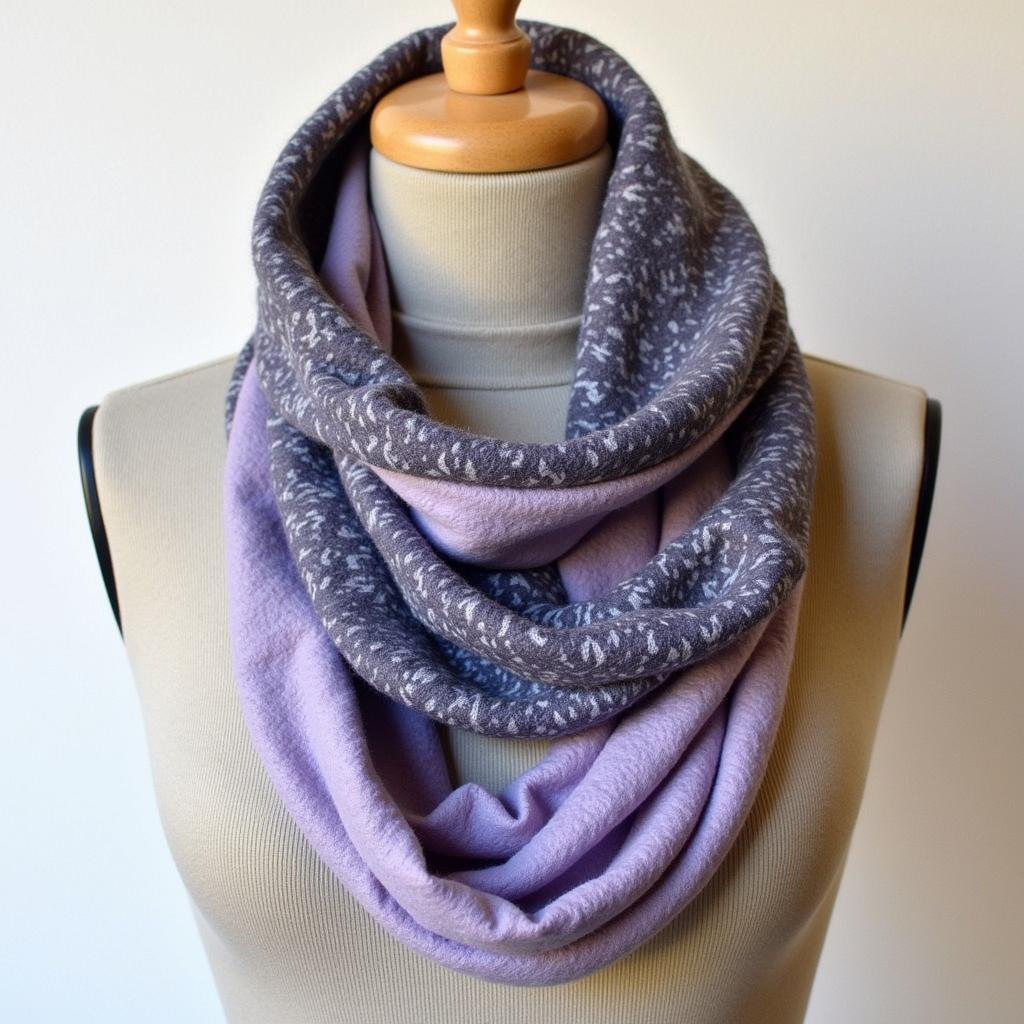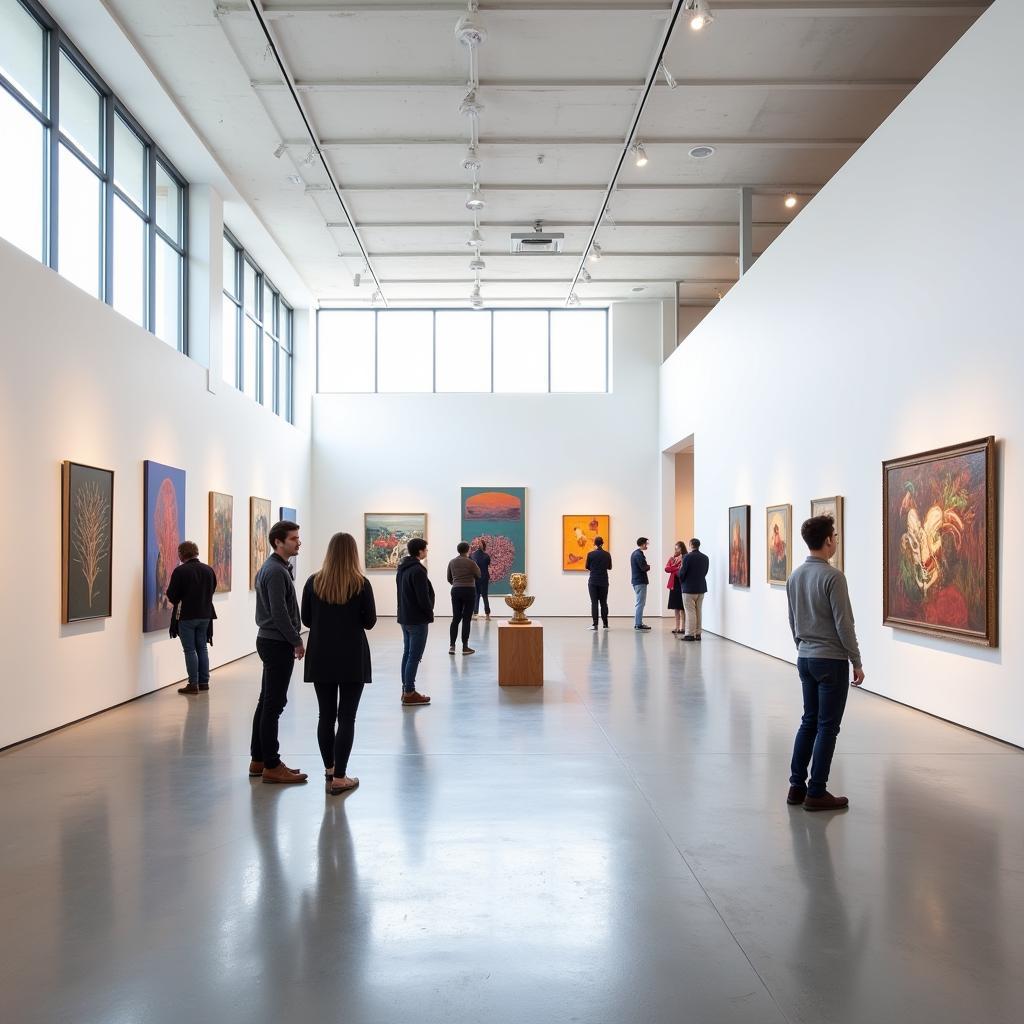Unleash Your Creativity: Exploring the Unexpected World of Art with Sandpaper
Sandpaper. It’s a staple in workshops and toolboxes, known for its rough texture and utilitarian purpose. But what if we told you that sandpaper could be more than just a tool for sanding? What if it could be the key to unlocking a world of artistic possibilities?
Art With Sandpaper might seem unconventional at first, but that’s part of its allure. It challenges the traditional notions of art materials and techniques, inviting you to see the potential for beauty in unexpected places. Just as a sculptor sees a masterpiece hidden within a block of stone, artists working with sandpaper envision intricate designs and textures waiting to be revealed.
Beyond Smoothing: Sandpaper as an Art Medium
Sandpaper’s versatility lies in its ability to both erode and enhance. Its abrasive surface, typically used to smooth rough edges, can also be harnessed to create stunning visual effects. Artists utilize sandpaper in a variety of ways, from delicate etching and shading to bold textural effects, demonstrating its surprising range.
One of the most captivating aspects of art with sandpaper is its ability to transform ordinary materials into extraordinary works of art. Wooden surfaces, often seen as simple and utilitarian, come alive with depth and character when sandpaper is introduced. The interplay of light and shadow on the sanded grooves creates a mesmerizing visual experience.
Techniques and Tips for Creating Art with Sandpaper
Creating art with sandpaper is an accessible and rewarding endeavor for artists of all levels. Whether you’re a seasoned artist or just starting your creative journey, experimenting with sandpaper can open up a world of artistic possibilities. Here’s a closer look at some techniques:
1. Sandpaper Etching: This technique involves using sandpaper to create fine lines and details on a surface. Artists use various grits of sandpaper, from coarse to fine, to achieve different levels of depth and texture.
2. Sandpaper Shading: By varying the pressure and direction of sanding, artists create subtle gradations of tone and value, adding depth and dimension to their artwork.
3. Sandpaper Texturing: Sandpaper can be used to add unique textures to surfaces. This technique works particularly well with woodburn art, where the sandpaper enhances the burned areas and creates a captivating contrast.
4. Sandpaper Collage: Artists incorporate pieces of sandpaper into mixed media artwork, adding visual interest and texture to their compositions.
Tips for Working with Sandpaper:
- Experiment with different grits: From coarse to fine, each grit produces a unique effect.
- Use a light touch: Start with gentle pressure and gradually increase as needed to avoid damaging the surface.
- Consider the direction of sanding: Sanding in different directions can create interesting visual effects.
- Protect yourself: Always wear a mask and safety glasses when sanding to avoid inhaling dust.
Beyond the Canvas: Applications of Sandpaper Art
The versatility of sandpaper art extends beyond traditional art forms. It finds applications in various creative fields, demonstrating its adaptability and wide-ranging appeal.
- Metal silhouette art: Sandpaper can be used to create intricate details and textures on metal surfaces, adding a unique dimension to metal silhouette art.
- Beach wood art: The weathered texture of beach wood pairs beautifully with the effects of sandpaper, resulting in stunning natural art pieces.
- Upcycled Art: Sandpaper breathes new life into old furniture, picture frames, and other objects, transforming them into unique and personalized works of art.
Conclusion: Embrace the Unexpected Beauty of Sandpaper Art
Art with sandpaper is a testament to the power of creativity and the beauty of finding the extraordinary in the ordinary. It challenges us to see beyond the expected, to experiment with unconventional materials, and to embrace the unexpected. Whether you’re looking for a new artistic challenge or simply want to explore the boundless world of art, pick up a piece of sandpaper and see what you can create. You might be surprised by the beauty that unfolds.
FAQs About Art with Sandpaper
1. What kind of sandpaper is best for art?
The best sandpaper for art depends on the desired effect. Coarse grits are ideal for removing material and creating texture, while finer grits are suitable for delicate details and shading.
2. Can I use sandpaper on canvas?
While sandpaper is typically used on harder surfaces, it can be incorporated into mixed media artwork on canvas. Experiment with different techniques to achieve desired textures.
3. Is sandpaper art expensive to get started with?
Sandpaper art is relatively inexpensive to start with. Sandpaper is readily available at hardware stores, and you can often find affordable surfaces like wood scraps at craft stores or online.
4. What are some other tools I might need for sandpaper art?
Besides sandpaper, you might find these tools helpful: a craft knife, ruler, pencil, eraser, masking tape, and a dust mask for safety.
5. Are there any online resources or communities for sandpaper artists?
Yes, there are online platforms and social media groups dedicated to sandpaper art where artists share their work, exchange ideas, and find inspiration.
Need Help with Your Art Journey?
Contact us! Our team is here to support your creative endeavors.
Phone: 02462573573
Email: danteum@gmail.com
Visit us: Savico Megamall, 7-9 Đ. Nguyễn Văn Linh, Gia Thụy, Long Biên, Hà Nội 10000, Việt Nam.
We offer 24/7 customer support.

